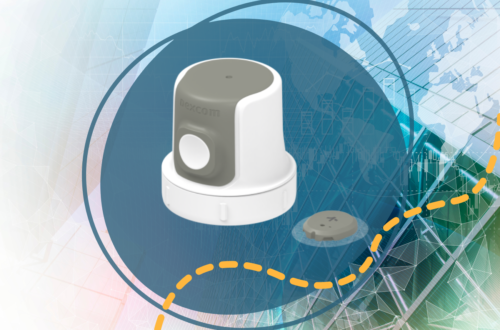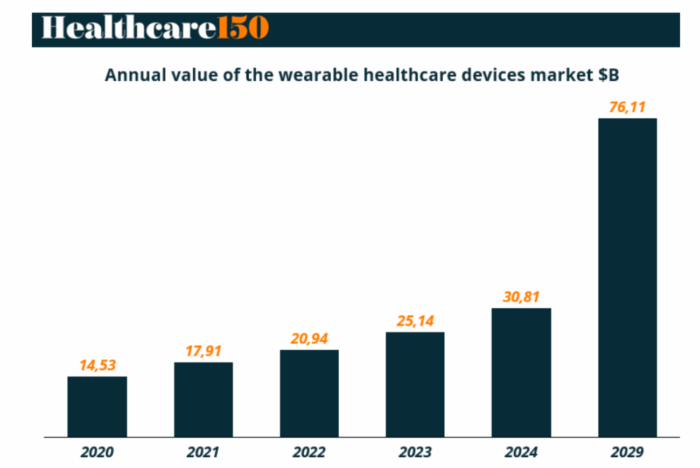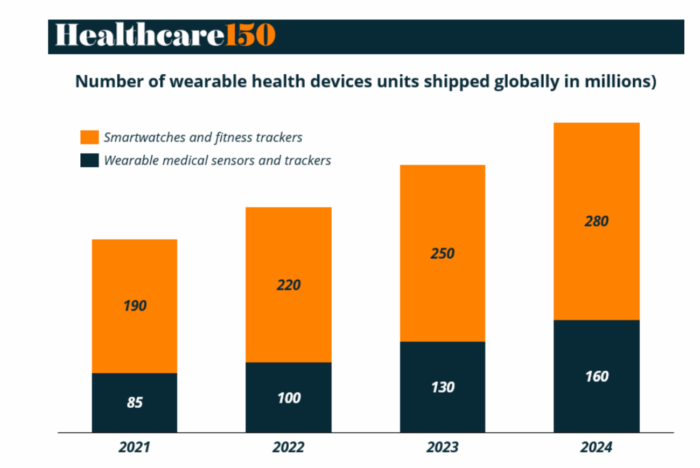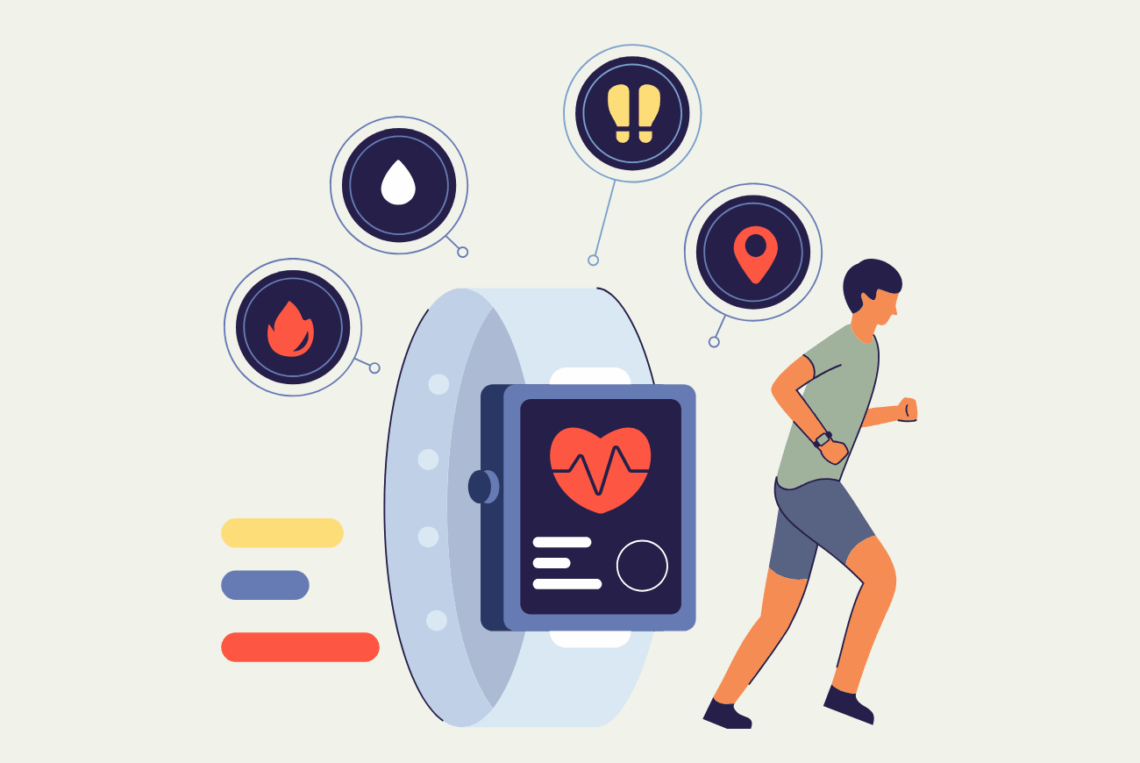
DCES Leadership in the Future of Wearable Health Technology
In a recent issue of Healthcare150, a newsletter spotlighting key healthcare trends, I was struck by the projected growth of wearable devices—from $14.5 billion in 2020 to $76.1 billion by 2029.
In my nutrition practice, I see just how common sleep, activity, and glucose trackers have become. This kind of growth points to a broader shift, that digital health tools are becoming deeply integrated into mainstream self care.
Wearables are now central to both cost-efficiency efforts in healthcare and the growing demand for a highly personalized approach. Here are a few standout trends—and the exciting opportunities I see for diabetes care and education specialists.
Embrace the Trend: Experts in Technology
This chart is mind-boggling. Wearable health technology is no longer just for the “health nerd” or the “worried well”—it’s becoming a core tool for understanding biometrics and managing personal health. The growing consumer demand for real-time insights is pushing these tools into the mainstream. They’re increasingly viewed as integral to healthcare delivery.
We’re also seeing shifts in reimbursement models, with insurers beginning to cover wearables for use in remote patient monitoring.
For Diabetes Care and Education Specialists: Now’s the time to lean in. Position yourself as an expert in wearable technology—someone who can bridge the gap between consumer use and clinical interpretation. Your ability to help individuals make sense of their data and serve as a trusted member of the healthcare team is more valuable than ever.
Expending our Knowledge and Expertise
Trends show a shift from consumer-focused devices to clinical applications. While fitness trackers once led the market, growth is now driven by clinical-grade wearables for chronic disease prevention and management. The increasing use of medical-grade sensors reflects broader acceptance of wearables in professional healthcare settings.
For Diabetes Care and Education Specialists: Determine where you need to invest in your expertise. If you’re already confident with prescription-grade continuous glucose monitors like Dexcom or Libre, consider expanding your knowledge of direct-to-consumer wearables such as the Oura Ring, Apple Watch, or Ava Bracelet. How do you prefer to review patient data? How can you provide standardized, yet personalized, guidance based on that information?
From Fitness to Full-Spectrum Health
While most device users still track steps and workouts, many are now leveraging wearables for deeper health insights, such as heart health, sleep quality, and calorie tracking. This shift reflects a broader transition from fitness-focused use to comprehensive health monitoring.
For Diabetes Care and Education: Bridge the gap between health metrics and diabetes care and prevention. Consider how you can support a deeper understanding of how data, such as steps, heart rate, sleep, and stress, intersects with improved diabetes management.
The Future Is Wearable—and We Belong in It
As wearable technology becomes central to personalized health, Diabetes Care and Education Specialists are uniquely equipped to lead. Our role goes beyond interpreting glucose trends—we help individuals connect the dots between sleep, stress, activity, and overall metabolic health.
By embracing emerging technologies, deepening our expertise, and staying at the forefront of digital health, we can transform wearables from passive data trackers into active tools for behavior change, prevention, and improved outcomes.
Wearables are no longer just lifestyle accessories—they’re essential tools in modern healthcare. The future of diabetes care is connected, and it’s time for us to lead the way


You May Also Like

The Value of the Diabetes Educator
June 27, 2022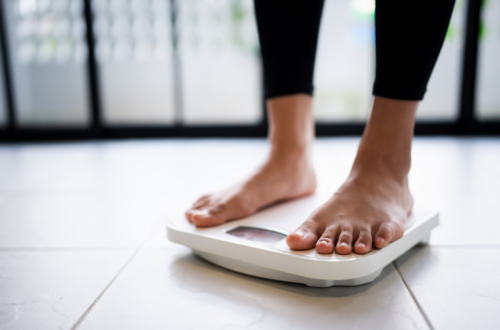
Obesity Redefined: A Bold New Approach to Diagnosis
January 28, 2025